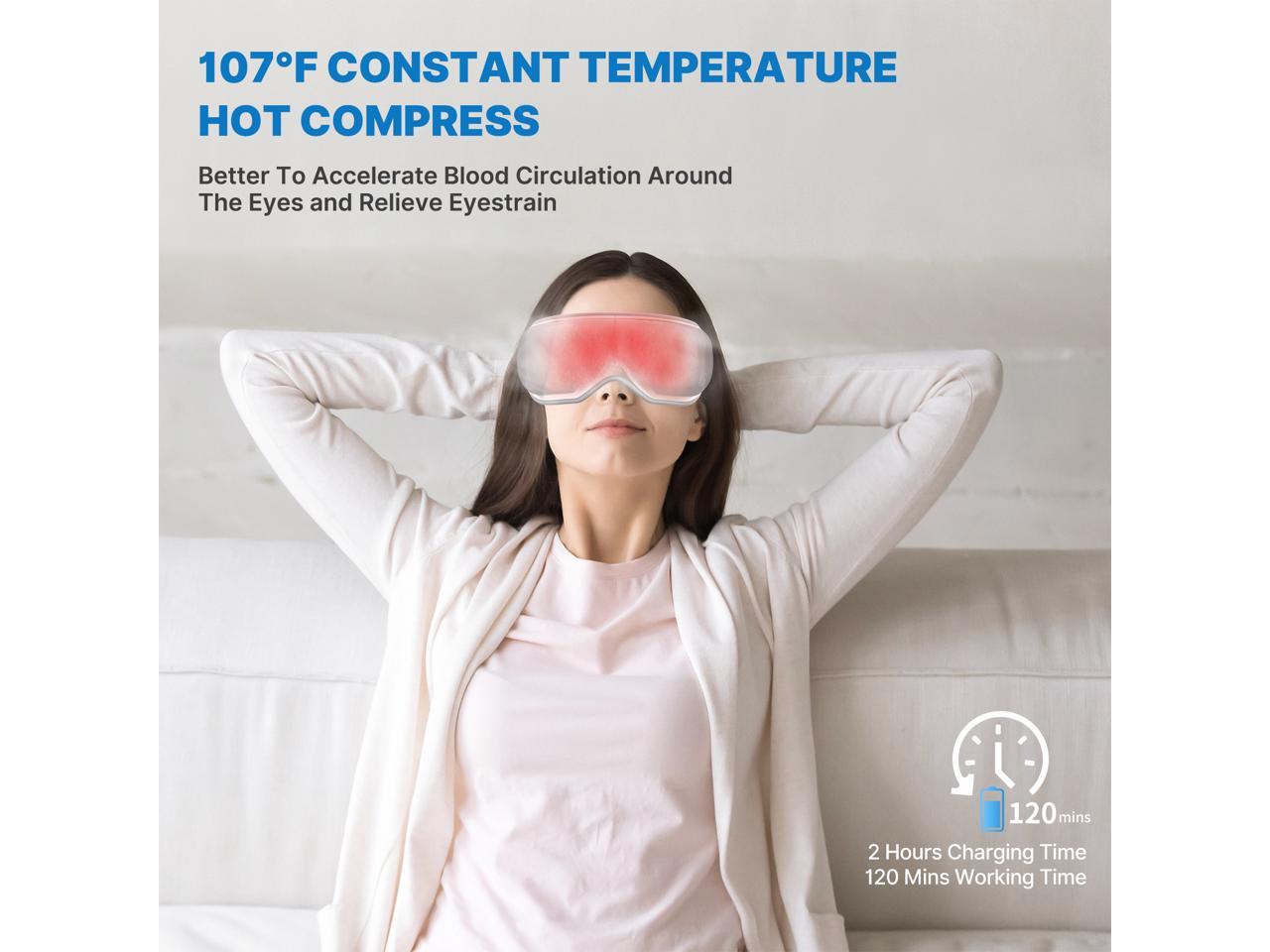

ADDE is managed with punctal plugs and eyedrops such as those containing cyclosporine, artificial tears, hyaluronate, diquafosol sodium chloride, or rebamipide, with the aim of increasing the volume of tear fluid or tear film stability 14. Given the difference in the pathophysiologies of ADDE and EDE, the treatment strategies for these conditions are also different. MGD can thus result in changes to the tear film, symptoms of eye irritation, clinically apparent inflammation, and ocular surface disease 12. Meibomian glands produce meibum, the lipid components of which give rise to the surface lipid layer of the tear film. Meibomian gland dysfunction (MGD), a chronic abnormality of meibomian glands characterized by terminal duct obstruction or qualitative or quantitative changes in glandular secretion 12, is one of the most important underlying causes of EDE 13. The common etiology of SS-ADDE and non-SS-ADDE is dysfunction or hypofunction of lacrimal glands and a consequent deficiency of the aqueous layer of the tear film 11. ADDE is further categorized as Sjӧgren syndrome–type ADDE (SS-ADDE) or non-Sjӧgren ADDE (non-SS-ADDE). A reduced volume of tear fluid gives rise to aqueous-deficient dry eye (ADDE), whereas impaired tear film stability underlies evaporative dry eye (EDE) 11. If left untreated, dry eye can result in damage to the ocular surface and impair vision. The possible effects of menthol on tear volume and tear film stability in humans have remained unknown, however.ĭry eye is characterized by qualitative or quantitative abnormalities of the tear film and is estimated to affect and have a negative impact on the quality of life of ~4.88 million people in the United States 8, 9, 10. Menthol binds to transient receptor potential cation channel subfamily M member 8 (TRPM8) 1, 2, 3, 5, 6, 7 and thereby stimulates lacrimation via activation of cold-sensitive primary afferent neurons in the cornea.

It has also been suggested as a possible treatment for dry eye 1, 2, 3, 4. Menthol is a volatile water-clear organic compound with the structure of a cyclic monoterpene that is incorporated into various consumer products including toothpaste, gum, and medicines such as proprietary eyedrops. Repeated application of MH thus induced persistent increases in tear fluid volume and tear film stability in dry eye patients, suggesting that repeated use of a warm compress containing menthol is a potential novel treatment for dry eye disease. Repeated application of MH significantly increased tear meniscus volume ( P = 0.004, P = 1.7 × 10 −4) and tear film breakup time ( P = 0.037, P = 0.010) in healthy subjects and dry eye patients, respectively. Single application of MH significantly increased tear meniscus volume ( P = 8.6 × 10 −5, P = 1.3 × 10 −5) and tear film breakup time ( P = 0.006, P = 0.002) as well as improved meibum condition in healthy subjects and dry eye patients, respectively. Disposable eyelid-warming steamers that either did (MH) or did not (HO) contain menthol were applied to one eye of each subject either once only for 10 min or repeatedly over 2 weeks. We evaluated a warm compress containing menthol as a potential treatment for dry eye by examining its effects on the tear film in healthy subjects ( n = 20) and dry eye patients ( n = 35).

Menthol is thought to stimulate lacrimation via activation of cold-sensitive primary afferent neurons in the cornea.


 0 kommentar(er)
0 kommentar(er)
